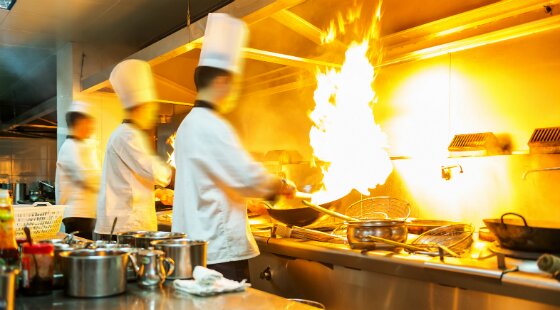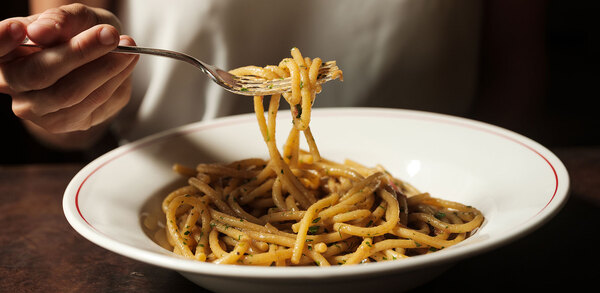When is it too hot to work in a kitchen?
What are the rules about working in hot kitchens? Could the new Labour government be set to change the rules? The Caterer investigates
How hot is too hot to work in a kitchen? When should an employer risk assess? The Caterer investigates
It isn't truly summer in the kitchen until a chef has placed a temperature probe on their work surface to figure out just how hot the space is.
However, as catering professionals across the country persevere through searing weather and sizzling working environments, heat stress risks causing illness, making pre-existing conditions worse and wearing down staff.
How hot is too hot?
Despite the lower limit being set at -16°C (-13°C for strenuous work), there is no legal upper limit to how hot a working environment can be. However, employers are under obligations to make sure working environments are safe, and will have to consider taking action if the heat is putting staff at risk.
The Trade Union Congress has long argued for a maximum temperature of 30°C, or 27°C for physically strenuous working environments.
TUC General Secretary Frances O'Grady said: "Kitchen staff may be more used to working in the heat than most of us, but employers should still do all they can to keep temperatures under control.
"There are simple steps restaurant bosses can take, like providing lots of cold drinks, allowing kitchen staff more regular breaks and ensuring through draughts.
"And in the longer term, investing in decent air conditioning and reviewing kitchen design will help keep workers safe and comfortable.
"Ultimately, bosses who provide a cool and comfortable work environment are going to get more out of their staff.
What are the risks of working in a hot kitchen?
Heat exhaustion can cause a number of symptoms that are uncomfortable for workers, bad for productivity and could be hazardous when dealing with potentially dangerous equipment.
The NHS warn to look out for signs of headaches, dizziness and confusion, loss of appetite, nausea, cramps, fast breathing or pulse and intense thirst.
However while these symptoms can be reduced by taking some time to cool off and drink plenty of fluids, the health service recommends calling 999 if someone is presenting signs of heat stroke.
Symptoms include: Not feeling better after 30 minutes of cooling off, feeling hot and dry, not sweating despite feeling too hot, having a temperature over 40°C, rapid shortness of breath, confusion, fits or seizures, loss of consciousness or becoming unresponsive.
Is it time to risk assess?
According to the Health and Safety Executive (HSE), a risk assessment should be carried out if a "significant number" of employees are complaining about the heat.
HSE recommends employers consider the following when assessing how to keep kitchen workers safe in a hot environment:
Work rate The harder and faster kitchen staff work, the hotter they will be. HSE recommends considering if tasks can be simplified, moved to a cooler environment, or avoided altogether to prevent heat stress.
Working climate While considering the air temperature may be more obvious, it is important to also consider how humidity and air flow could effect workers.
Worker's clothing While appropriate personal protective equipment (PPE) must be worn for tasks at hand, HSE guidelines recommend looking into breathable materials to help keep employees cool.
Worker's age, build and medical factors At-risk staff should be considered as a priority to prevent exacerbating health issues.
From there, HSE recommends considering the following remedies:
- Control the temperature using engineering solutions, for example by using fans or turning off unnecessary equipment
- Provide mechanical aids where possible to reduce the work rate
- Regulate the length of exposure to hot environments for example by providing periodic rest breaks and rest facilities in cooler conditions.
- Prevent dehydration by providing cool water in the workplace and encouraging workers to drink it frequently in small amounts before, during (where possible) and after working.
- Provide appropriate personal protective equipment for example breathable chef whites. Avoid use of protective clothing which may increase the risk of heat stress.
- Provide training for your workers, especially new and young employees, telling them about the risks of heat stress including what symptoms to look out for, safe working practices and emergency procedures.
- Allow workers to acclimatise to their environment and identify which workers are acclimatised or assessed as fit to work in hot conditions.
- Identify employees who are more susceptible to heat stress because of an illness, condition or medication for example pregnant women or those with heart conditions.
- Monitor the health of workers at risk if you have deployed all possible measures to ensure the working environment is as safe as can be.















